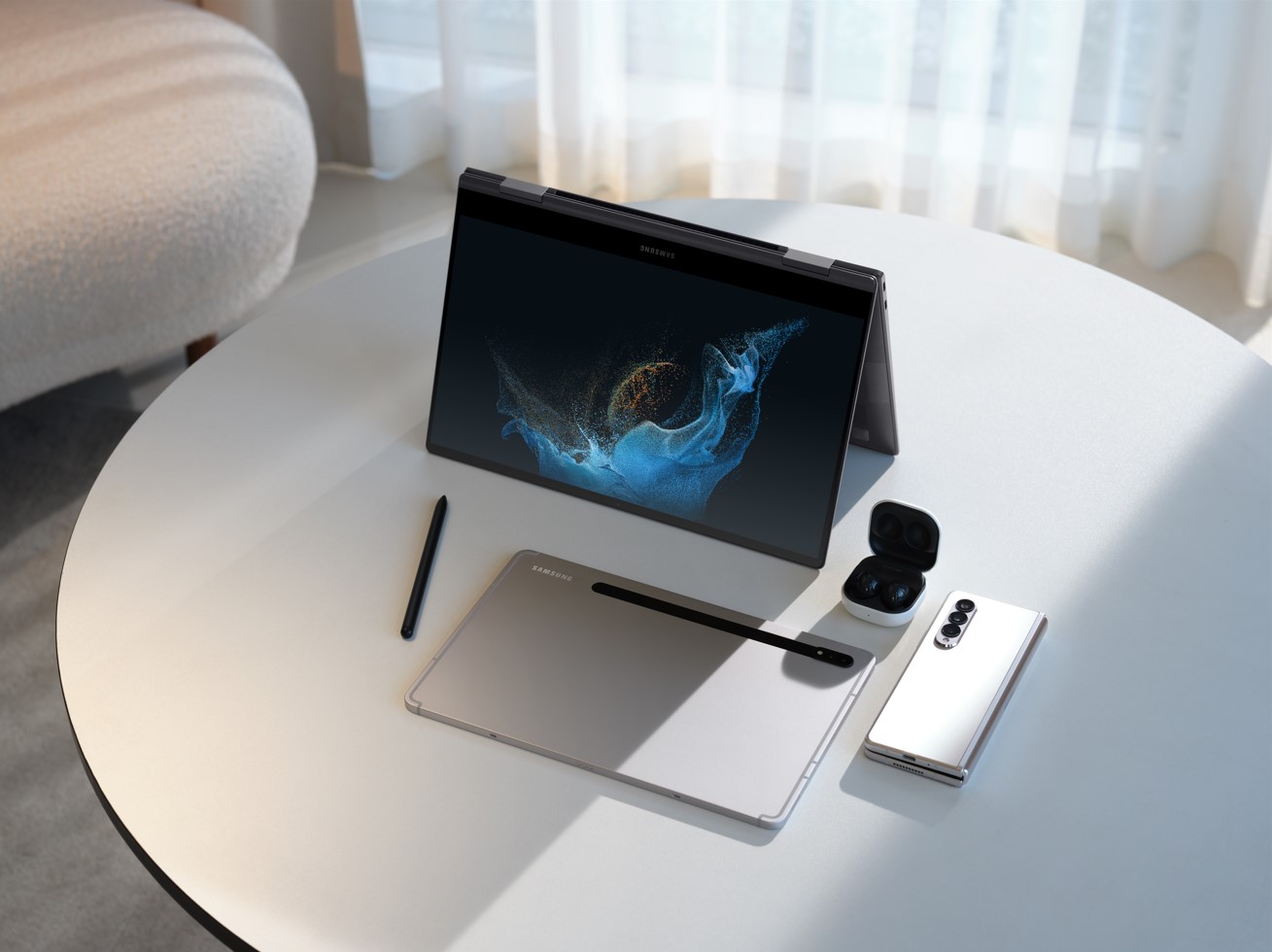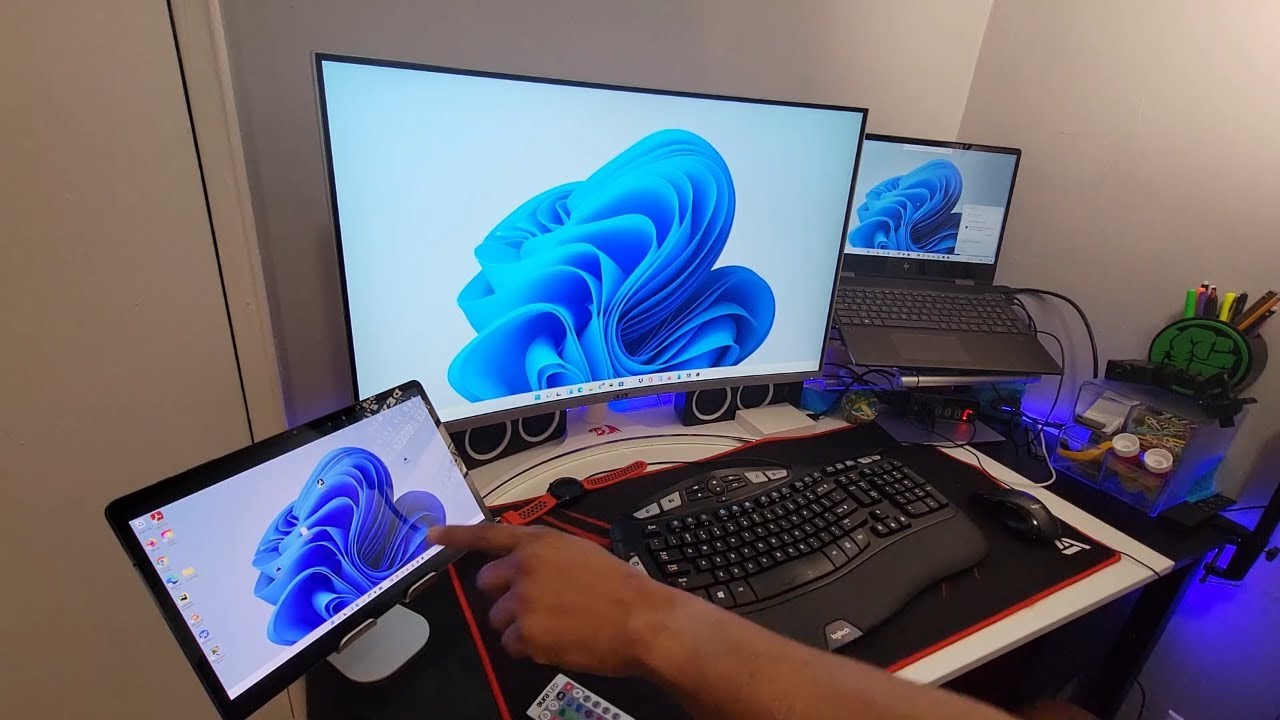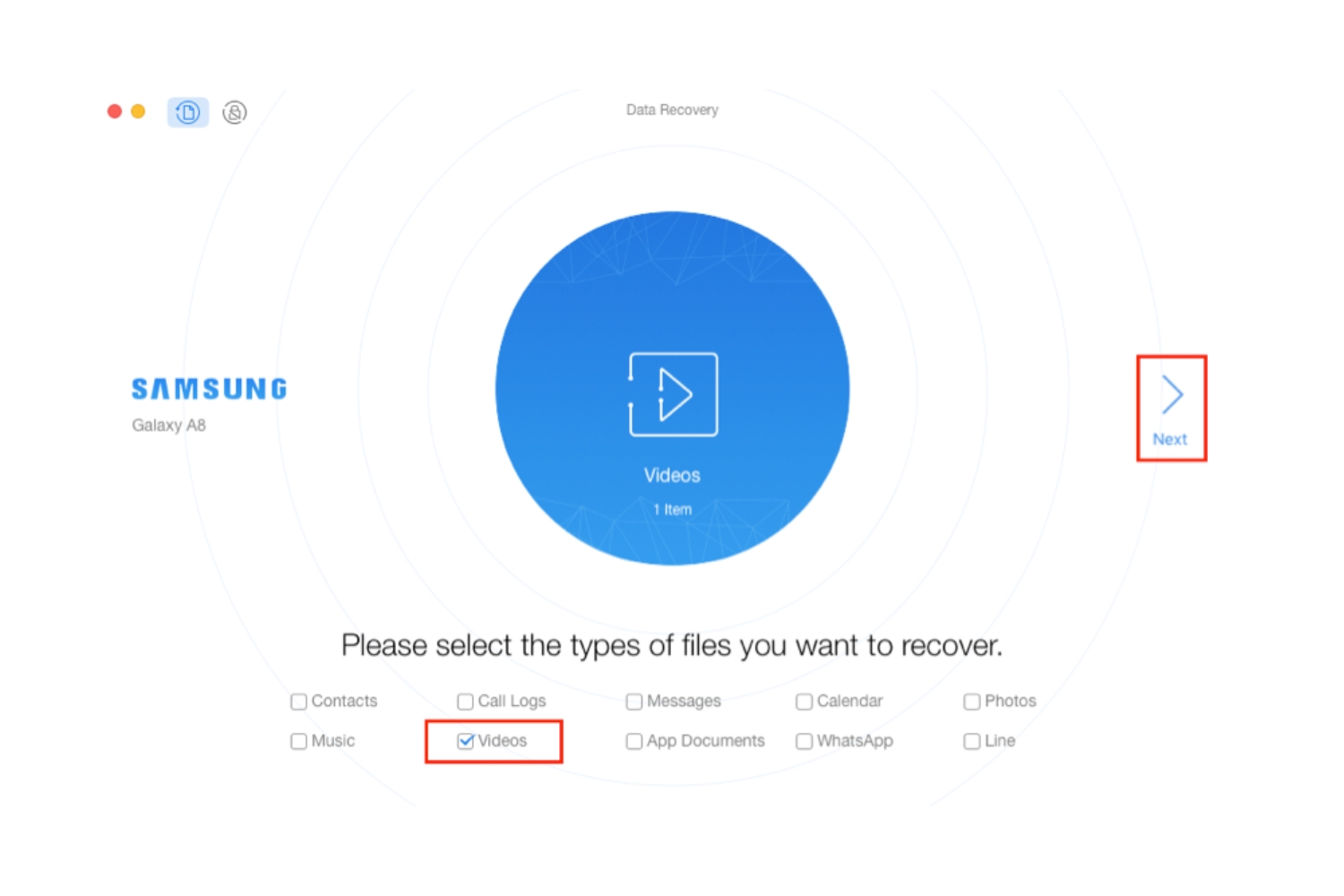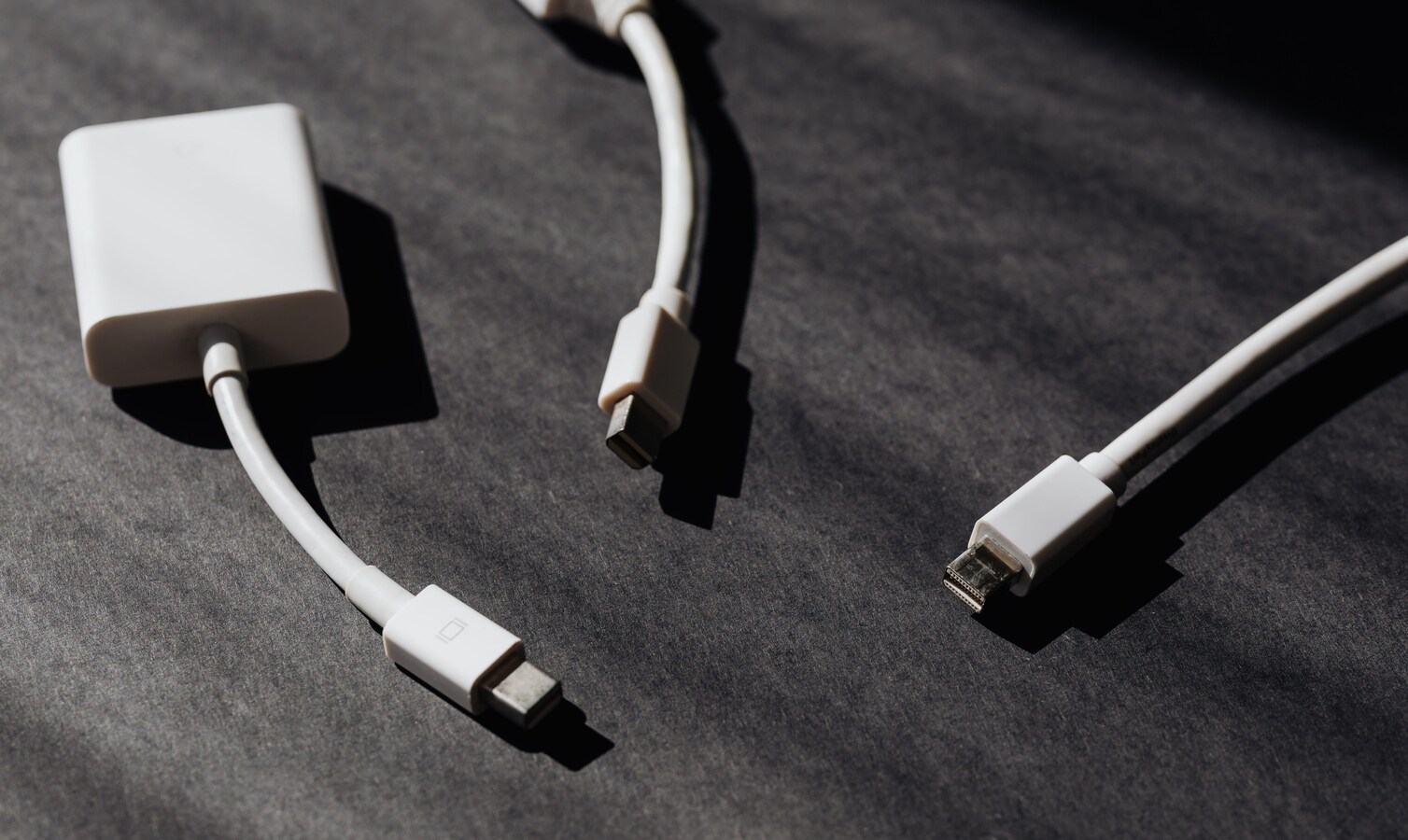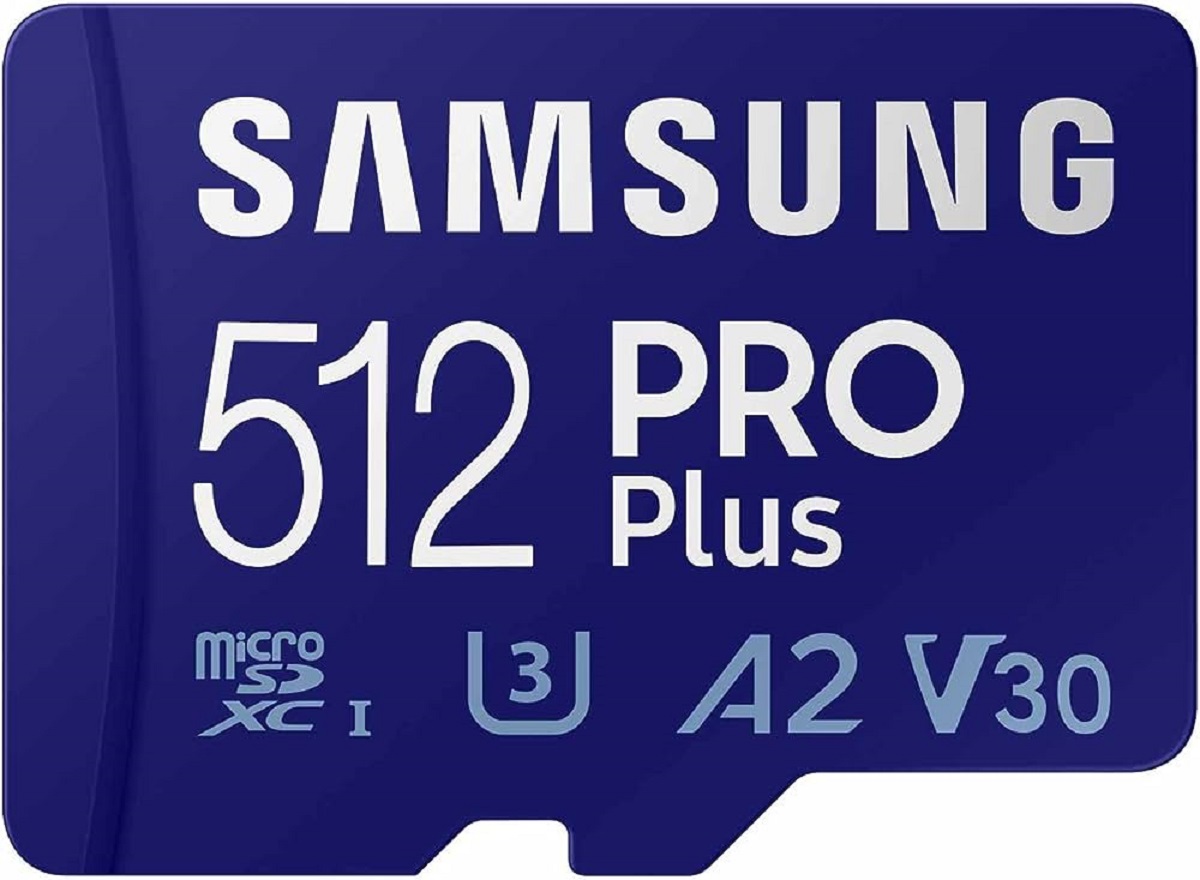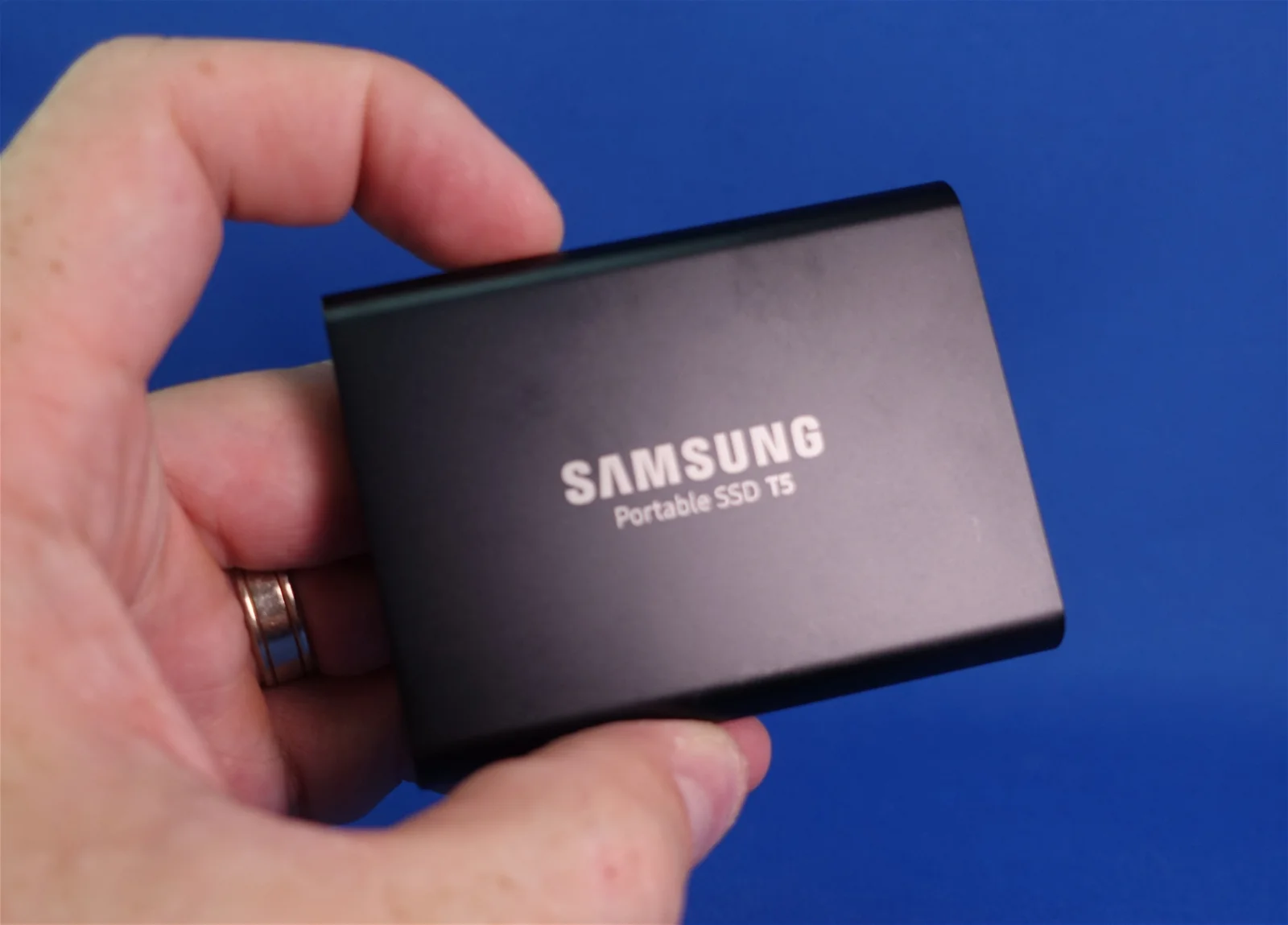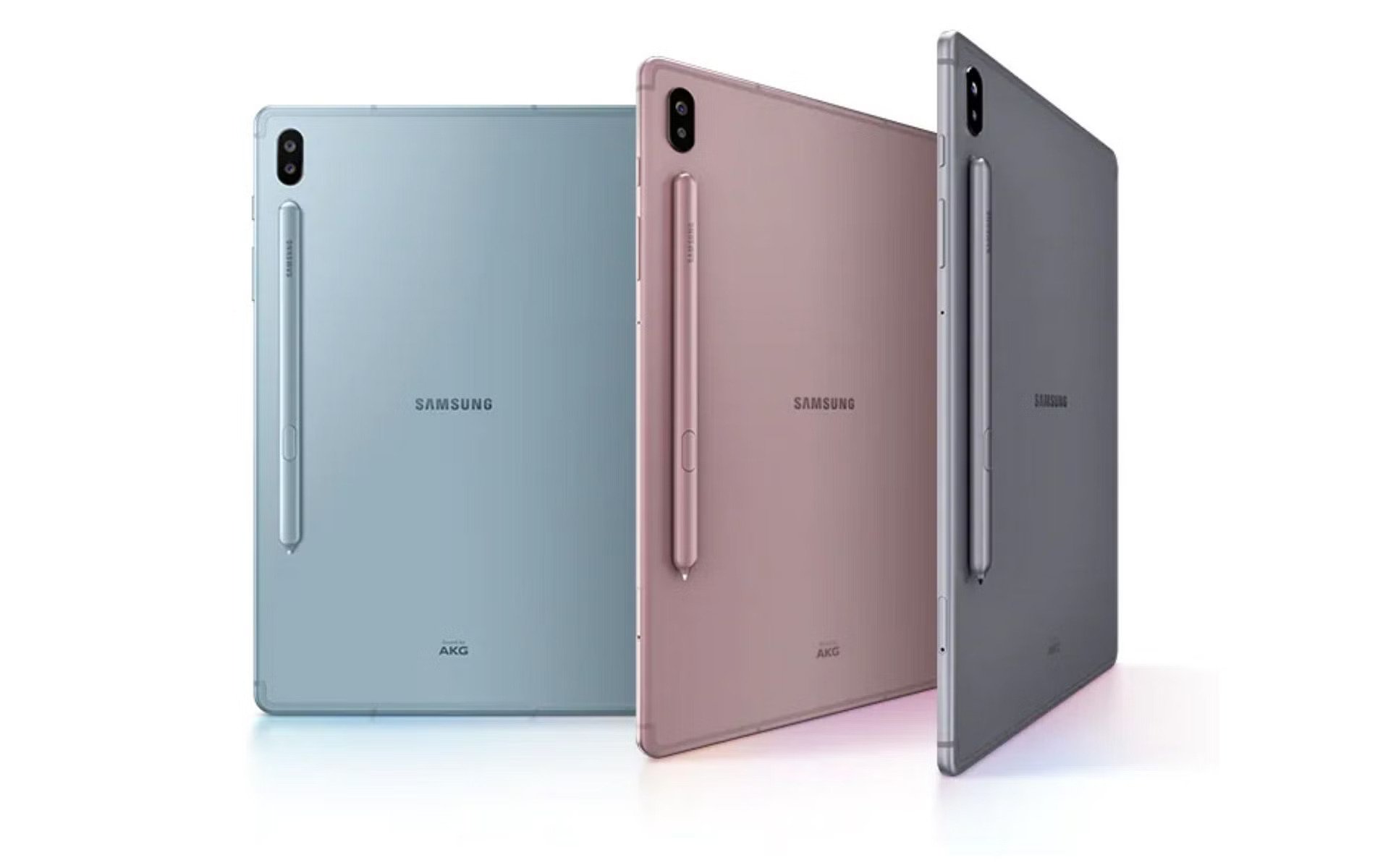Introduction
Transferring files from your PC to your Samsung tablet is a simple and convenient way to access and share documents, photos, music, and other media files. Whether you’re looking to transfer important work files or simply want to enjoy your favorite movies on a larger screen, there are several methods available to help you accomplish this task.
In this article, we will explore four different methods that you can use to transfer files from your PC to your Samsung tablet. These methods include using a USB cable, Samsung Smart Switch, Samsung Flow, and Google Drive. Each method offers unique benefits and features, so you can choose the one that best suits your needs and preferences.
By following these methods, you can easily transfer files between your PC and your Samsung tablet, allowing you to access your files wherever you go. Whether you’re a working professional, a student, or simply a tech-savvy individual, having the ability to transfer files seamlessly is essential in today’s digital world.
Now, let’s explore each method in detail to help you transfer files from your PC to your Samsung tablet with ease and convenience.
Method 1: Using a USB cable
One of the simplest and most straightforward ways to transfer files from your PC to your Samsung tablet is by using a USB cable. This method allows for a direct connection between the two devices, ensuring fast and efficient file transfer.
Here’s how you can use a USB cable to transfer files:
- Connect your Samsung tablet to your PC using a USB cable. Make sure both devices are powered on.
- On your Samsung tablet, swipe down from the top of the screen to open the notification panel. Tap on “USB for file transfer” or “File Transfer” mode.
- On your PC, open File Explorer (or Windows Explorer) and you should see your Samsung tablet listed under “Devices and drives”.
- Click on your Samsung tablet to open it and browse through the internal storage or SD card, depending on where you want to transfer the files.
- Locate the files on your PC that you want to transfer to your Samsung tablet. You can drag and drop them directly into the desired folder on your tablet’s storage.
- Wait for the transfer to complete. The time it takes will depend on the size of the files.
- Once the files are transferred, safely disconnect your Samsung tablet from the USB cable by either clicking on the “Safely Remove Hardware” icon in the system tray and selecting your tablet, or by right-clicking on your tablet’s icon in File Explorer and selecting “Eject.
Using a USB cable is a reliable method for transferring files, especially for larger files or when you don’t have an internet connection available. However, keep in mind that this method requires a physical connection between your PC and Samsung tablet.
Now that you know how to transfer files using a USB cable, let’s move on to the next method: Samsung Smart Switch.
Method 2: Using Samsung Smart Switch
Samsung Smart Switch is a powerful tool developed by Samsung that allows you to transfer files, settings, and apps from an old device to a new Samsung device. However, you can also use Smart Switch to transfer files from your PC to your Samsung tablet.
Here’s how you can use Samsung Smart Switch to transfer files:
- Download and install Samsung Smart Switch on your PC from the official Samsung website.
- Connect your Samsung tablet to your PC using a USB cable.
- Launch Smart Switch on your PC and wait for it to detect your Samsung tablet. If prompted, allow USB debugging on your tablet.
- Once your tablet is detected, you’ll see the option to transfer from the PC to the tablet. Click on it to proceed.
- Select the files you want to transfer from your PC to your Samsung tablet. You can choose from a variety of file types, including documents, photos, videos, music, and more.
- Click on the “Transfer” button to initiate the file transfer process. The time it takes will depend on the size and number of files being transferred.
- Once the transfer is complete, you’ll see a confirmation message. You can now safely disconnect your Samsung tablet from the USB cable.
Samsung Smart Switch offers a user-friendly interface and provides a seamless experience when transferring files. It supports various file types and enables quick and efficient transfers between your PC and Samsung tablet.
Make sure to keep Samsung Smart Switch updated on both your PC and tablet to ensure compatibility and access to the latest features.
Now that you know how to transfer files using Samsung Smart Switch, let’s explore another method: Samsung Flow.
Method 3: Using Samsung Flow
Samsung Flow is a versatile app that allows seamless connectivity between your Samsung devices, including smartphones, tablets, and PCs. With Samsung Flow, you can easily transfer files, receive notifications, and even mirror your device’s screen on your PC.
Here’s how you can use Samsung Flow to transfer files from your PC to your Samsung tablet:
- Download and install Samsung Flow on both your PC and Samsung tablet from the Google Play Store or Samsung Galaxy Store.
- Make sure that both devices are connected to the same Wi-Fi network.
- Launch Samsung Flow on your PC and tablet.
- On your PC, click on the “Phone screen mirroring” option in Samsung Flow.
- On your tablet, accept the connection request from your PC and grant the necessary permissions.
- Once the connection is established, you can view your Samsung tablet’s screen on your PC.
- On your PC, navigate to the file or folder you want to transfer and simply drag and drop it onto the Samsung tablet’s screen.
- The file(s) will be transferred to your tablet’s storage, and you can access them directly on your tablet.
Using Samsung Flow provides a seamless and wireless way to transfer files between your PC and Samsung tablet. It offers additional features like screen mirroring, notifications syncing, and the ability to control your Samsung device using your PC’s keyboard and mouse.
Ensure that both your PC and tablet have the latest version of Samsung Flow installed to maximize compatibility and access all the features it offers.
Now that you know how to transfer files using Samsung Flow, let’s move on to the final method: using Google Drive.
Method 4: Using Google Drive
Google Drive is a cloud storage service that allows you to store, access, and share files from anywhere. It provides a convenient way to transfer files between your PC and Samsung tablet without the need for physical connections or additional software.
Here’s how you can use Google Drive to transfer files:
- On your PC, open a web browser and navigate to Google Drive (https://drive.google.com/).
- Sign in to your Google account (or create one if you don’t have an account).
- Click on the “+ New” button and select “File upload” or “Folder upload” to upload the files or folders you want to transfer to your Samsung tablet.
- Wait for the upload to complete. The time it takes will depend on the size of the files or folders.
- On your Samsung tablet, download and install the Google Drive app from the Google Play Store.
- Launch the Google Drive app and sign in to your Google account.
- Navigate to the files or folders you uploaded from your PC. You can choose to download them directly to your tablet’s internal storage or SD card.
Google Drive provides a seamless and efficient way to transfer files between your PC and Samsung tablet. It also offers additional features like file synchronization, collaboration, and the ability to access your files from any device with an internet connection.
Keep in mind that Google Drive offers a limited amount of free storage, and you may need to upgrade to a higher storage plan if you have a large number of files to transfer.
Now that you know how to transfer files using Google Drive, you have several options to choose from when transferring files from your PC to your Samsung tablet.
Conclusion
Transferring files from your PC to your Samsung tablet is essential for accessing and sharing documents, photos, music, and other media files. In this article, we explored four methods that you can use to transfer files with ease and convenience: using a USB cable, Samsung Smart Switch, Samsung Flow, and Google Drive.
Method 1, using a USB cable, provides a direct and reliable connection between your PC and Samsung tablet. It is ideal for transferring larger files or when an internet connection is unavailable.
Method 2, using Samsung Smart Switch, offers a user-friendly interface and allows you to transfer files, settings, and apps between devices. It is an excellent choice if you want to seamlessly transfer files from your PC to your Samsung tablet.
Method 3, using Samsung Flow, provides a wireless and versatile option for transferring files. With screen mirroring capabilities and additional features, Samsung Flow offers a convenient way to transfer files and control your Samsung tablet using your PC.
Method 4, using Google Drive, utilizes cloud storage to transfer files between devices. It offers the advantage of accessing files from anywhere with an internet connection and provides additional features like file synchronization and collaboration.
Each method has its own advantages and features, so you can choose the one that best suits your needs and preferences. Whether you prefer a direct connection with a USB cable, the convenience of Samsung Smart Switch, the versatility of Samsung Flow, or the cloud storage of Google Drive, you have multiple options at your disposal.
Remember to keep your Samsung tablet and relevant apps updated to ensure compatibility and access to the latest features. Additionally, consider the file sizes, available storage space, and internet connectivity when choosing the most suitable method for transferring your files.
With these methods and tools at your disposal, you can easily and efficiently transfer files from your PC to your Samsung tablet, allowing you to access and enjoy your files wherever you go.







